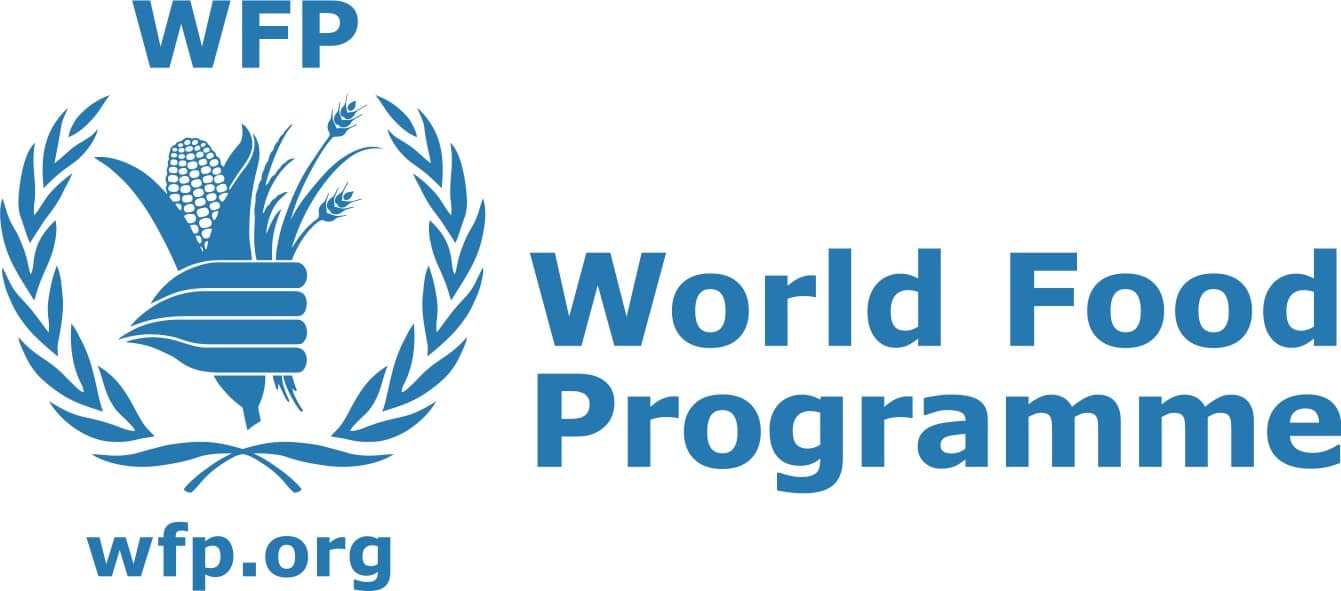This is since the third lockdown was lifted in Phuentsholing
Boulder export to India and Bangladesh is expected to rise sharply in the coming months with demand growing exponentially aftear operation resumed with the end of the third lockdown in Phuentsholing, recording Nu 4.5bn, in total sales.
Taking advantage of the policy measures put in place by the government to revive the country’s shrinking economy, boulder exporters have been pushing really hard to meet the increasing demand. After the pandemic stifled economic activities across sectors, it became imperative for the ministry to restart the export of boulders, along with other mines and minerals.
Economic Affairs Minister Loknath Sharma, said with a guaranteed market, boulder export, among others, will be able to help the national economy bounce back.
“The boulder trade has become lucrative over the years, which is evident from the surge in the number of exporters,” he said, adding that export is expected to pick up significantly with the easing of the Covid-19 pandemic.
Further, Lyonpo is positive about seeing a boost in the boulder trade if the government establishes new dredging and surface collection sites in other areas as well.
“We haven’t tapped the areas in the South-Eastern region of the country, which has the potential to become number one non-hydro export in the near future,” the minister explained.
Meanwhile, Phuentsholing accounted for over half of the total boulders exported to India and Bangladesh, followed by Samtse, Gelephu and Samdrup Jongkhar. According to the record maintained by the ministry, around 90,000 trucks of boulders worth Nu 4.5bn have been traded as of now.
“Our ministry has been facilitating its export proactively, in collaboration with other relevant agencies like MoFA, BCCI, DRC and BEA,” Lyonpo said.
Top exports to India also included ferrosilicon, iron, steel, cement, pebbles, gravels, gypsum, dolomite and cardamom among others, accounting for export worth Nu 16bn, which constituted 77.12% of the total export,
“Export of mineral-based products is the top source of revenue for Bhutan,” the minister added.
Government priority in recent years has shifted to import substitution, which would materialize with the development of CSI. Hence, the ministry is currently in the process of building several industrial estates, where entrepreneurs will have access to common facilities, that would enable them to set up and do business, thereby ushering Bhutan’s exportable items to the outside world,
In addition, Lyonpo shared that given our current dependence on imported vegetables, the focus is also on enhancing the production capacity of agro-based industries and capitalizing on it. For instance, Bhutan traded agro products worth Nu 715mn in 2020, which is 4.5% of the total non-hydro export to India.
A variety of vegetables are exported to India like potatoes, cabbages, cauliflower, carrots, peas, beans, lentils and ginger, and with time, export of agricultural products, including vegetables, are likely to increase.
Further, the ministry is also pursuing the development of logistic infrastructures like dry ports and warehouses to facilitate and boost trade and export. The development works on dry ports at Pasakha, Gelephu and Nganglam have already started and these facilities will provide clearance services, including storing, transshipment, and many more,
Lyonpo added that a National Export Strategy (NES) is also being initiated by the ministry to promote and facilitate export. NES is expected to draw a clear line of short, medium and long-term recommendations, which the ministry will implement at the earliest.
Kinley Yonten from Thimphu














